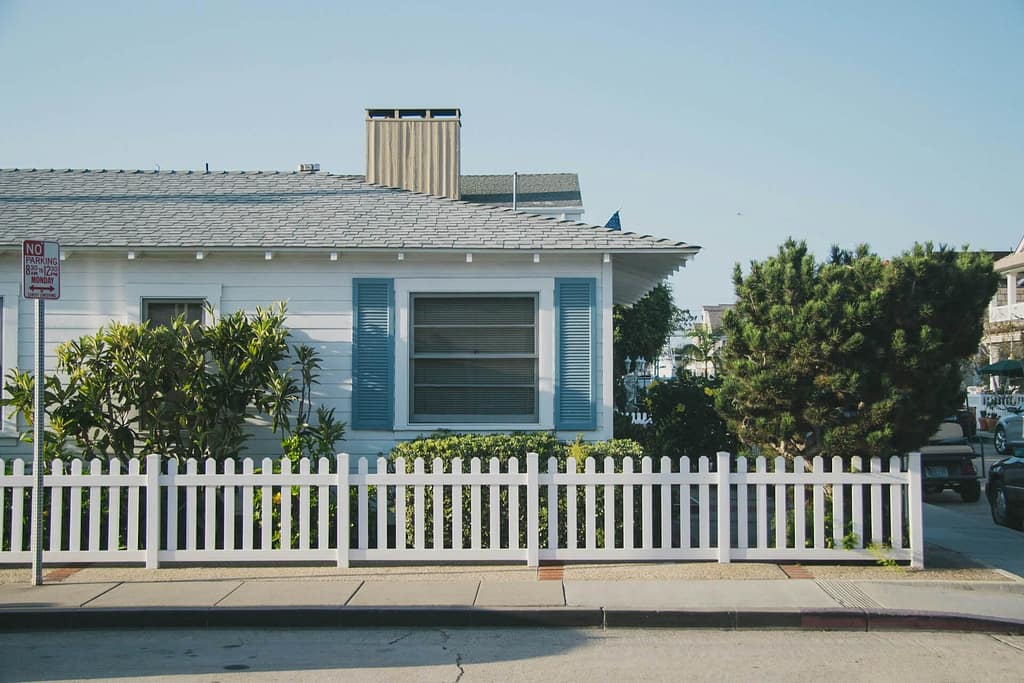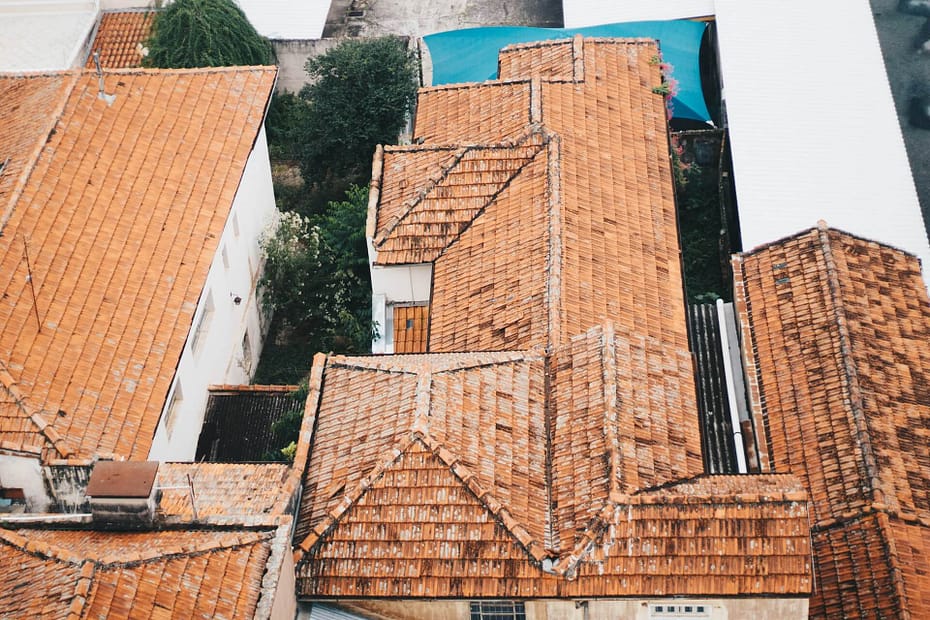When thinking about replacing an old roof or buying one for a new construction, one of the main questions that homeowners have is how long roofs last.
That’s not surprising. Roofs are a significant investment, so it is only logical to want to know how long the expensive structural component will be able to serve its purpose.
But the answer to this question is not a simple one. When made from durable materials, your roof expectancy should be 25 years or more. Still, there are many variables involved, and how long yours will last depends on several factors.
Main factors that impact the lifespan of a roof
Climate
When it comes to the longevity of your roof, the local climate and exposure to the sun play a huge role. In fact, swift temperature changes are the biggest enemy for your roof (especially if it’s made from asphalt or wood) as they cause rapid shrinking and expansion of the material. Over time, UV rays break down the protective layer on shingles, which leads to them cracking or peeling.
If you’re living in an area that experiences extreme weather events such as hail storms or tornadoes, your roof will also likely have a shorter lifespan. That’s because high winds can loosen the shingles and cause other issues.
Materials
Choosing roofing material isn’t just about aesthetics – it’s one of the main contributions to how many years you will get out of your roof. Although quality materials can seem expensive upfront, the high costs pay off in the long term, as durable materials have longer lifespans. For example, copper, slate, and tile roofs, which are usually more expensive, will usually last longer than an asphalt roof.
However, keep in mind that even roofs made from the same materials can vary in quality, depending on the grade. For instance, an asphalt roof made of architectural shingles will have greater durability than three-tab shingles.
Likewise, it’s important to pay attention to the quality of other components used in the installation process. Truss, flashing, underlayment, adhesives – their quality matters too.

Workmanship of installation
Splurging on the best materials in the world won’t make your roof last longer if your roofing contractor has done a poor job. At Instant Roofer, we’ve seen it all: missing underlayment, bad nailing techniques, and sagging rooflines. That’s why it’s so critical to work with a qualified professional who knows all the ins and outs of the installation process.
The advantage of choosing Instant Roofer is that we’ve done the research in your place. When we match you with a roofing contractor in your area, you can rest assured that they have all the experience, qualifications, and licenses they need to do a high-quality job.
Color of materials
It’s not just the materials that matter. Color makes a big difference, too! If your home is located in an area with a sunny climate, it’s best to choose materials in lighter colors. As you know, dark products absorb more heat from the sun, which makes them more likely to experience wear and tear and consequently reduces their durability.
Maintenance
In a dream world, you’d install your roof and forget about it. But that’s not quite how it works. To keep it in good condition, you’ll have to maintain it. That means annual inspections, cleaning your gutters, and repairing your roof whenever you’ve experienced storm damage.
Roof slope
Another factor that influences your roof’s longevity is its slope. As you may know, the slope and pitch determine how quickly it sheds water and snow. Consequently, flat roofs are more prone to accumulating water, which can cause all kinds of damage, from mold to leaks.
Use this overview by the International Association of Home Inspectors to understand the minimum slope requirements for different roofs.
Quick numbers: Lifespans of different roofs
Three-tab shingles: When maintained properly, three-tab asphalt shingles will last between 15 and 20 years.
Metal roofs: The lifespan of metal roofs depends on the material and the gauge. A standing-seam copper or steel roof will last 50 to 80 years, while aluminum tiles will last 40 to 50 years.
Wood shingles: 20-50 years.
Clay tile: 50+ years.
Architectural shingles: With proper maintenance, architectural shingles should last at least 25 years.
Slate tile: 50+ years.
Final thoughts
We all know roofs don’t last forever, but with proper installation and maintenance, you can ensure yours lives a long and happy life.
If the time has come for a replacement, we’ve created a convenient calculator that allows you to get an instant roof estimate based on your measurements. Check it out here.
Fact Checked by Lita Legzdina 11/14/2024
